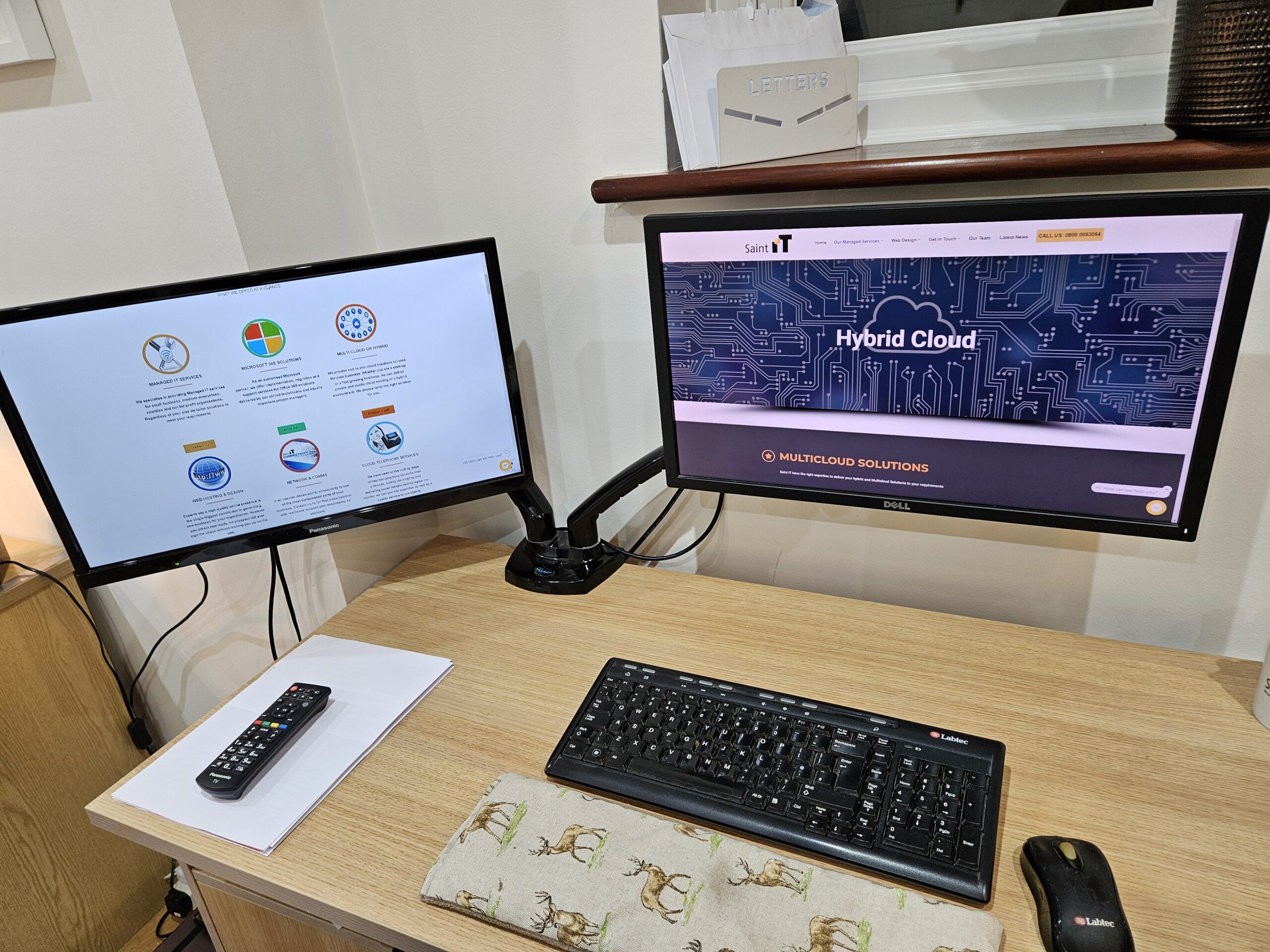What Are the 7 stages of Web Development Life Cycle
Recently we had a discussion with a client and talked about what are the 7 stages of web development life cycle. So we thought we’d put a summary into a blog for you.
The web development life cycle (WDLC) is a process used to create, maintain, and improve websites. It involves a series of steps that must be followed in order to ensure that the website is successful. The WDLC consists of seven distinct phases: planning, design, development, testing, deployment, maintenance, and optimization. Each phase has its own purpose and is importance in the overall success of the website. In this blog post, we will discuss each phase of the WDLC and its purpose.

Planning
The planning phase is the first step in the WDLC. During this phase, you will need to determine what your website needs to accomplish and how it should be structured. This includes deciding on a domain name, hosting provider, content management system (CMS), and other necessary components. You will also need to identify your target audience and develop a plan for how you will reach them.
This phase is critical for setting up a successful website as it helps you determine what resources are needed for each stage of the process. Some decisions made at this point would create a lot of work if you later changed your mind. You should also use this time to think about what it is you want to say or more importantly, what your potential clients might want to know. This part of the Planning stage is called Keyword research.
Design
The design phase is where you create the look and feel of your website. This includes selecting colours, fonts, images, layouts, navigation menus, etc. You should also consider how users will interact with your site by creating user flows or wireframes that show how they can move from one page to another.
During this phase you should also consider accessibility standards such as WCAG 2.0 AA or Section 508 compliance so that all users can access your site regardless of their abilities or disabilities. often people think the design is about personal preferences, for example you may really be into dark colours like Black with high contrast white text. The important thing to consider though is that the colours, graphics and fonts need to be compatible with your brand. Black may not be appropriate if your business is a children’s nursery, it would send totally the wrong message.
Development
Once you have finalized your design plans it’s time to start developing your website using HTML/CSS/JavaScript or any other programming language you choose to use. At Saint IT our preferred CMS is WordPress for lots of reasons. One of the most important reasons is the flexibility and the ease of use for the client once the website goes live.
During this phase you will need to write code that implements all of the features outlined in your design plans as well as any additional features that may be needed for functionality or interactivity purposes. Once all of the code has been written it’s time to test it out on different browsers and devices to make sure everything works correctly before moving on to deployment.
Testing
The testing phase is where you make sure everything works properly before launching your website live on the internet. This includes checking for bugs or errors in code as well as ensuring that all features are working correctly across different browsers and devices. It’s important to test thoroughly during this stage so that any issues can be identified and fixed before launch day arrives! Remember that a bad website with lots of errors or bad grammar can negatively impact your brand.
Deployment
Once all tests have been completed successfully it’s time for deployment! This involves making the website live so that they can be accessed by users online via their web browser or mobile device. Depending on which hosting provider you choose there may be additional steps involved such as setting up databases or configuring security settings but once everything is ready then it’s time for launch day!
At this point it is also important to check your SEO and your reporting, making sure that each page is fully optimised for search engines and you’re getting good reporting from your website. Integration with Google Analytics one such useful tool for this.
Maintenance
Web Development agencies often overlook this stage. The Website has been created, the client has paid the bill and they’re now left with a website that requires constant maintenance without any training or instructions to carry this out.
The maintenance phase is an ongoing process where changes are made over time based on user feedback or new requirements from stakeholders/clients etc.. This could involve adding new features/functionality or fixing existing bugs/errors in code etc.. It’s important to keep up with maintenance regularly so that users always have an optimal experience when visiting your website! At Saint IT we ensure all our clients receive the best service once their website is live. We have the skills and knowhow to ensure all updates are applied regularly and we perform monthly manual, visual checks and tests to ensure there are no issues.
Optimization
The optimization phase involves making changes over time in order to improve performance such as increasing page loading speeds or improving search engine rankings etc.. This could involve making changes such as optimizing images/code for faster loading times or implementing SEO best practices like meta tags etc.. It’s important to keep up with optimization regularly so that users always have an optimal experience when visiting your website!
Website performance depends on a number of factors and your web developer/agency should have advised you at the planning stage of the best hosting package for your website. If you’re running a large corporate website with hundreds of pages you’re not going to want to host that on a low cost public cloud web host.
Conclusion
The web development life cycle (WDLC) with it’s seven distinct phases: planning, design, development, testing, deployment, maintenance and optimization outlines the complexities involved in web design. each phase with its own purpose within the website project is crucial to how well your website performs over time. If you have the multiple skills required and the time, you can certainly undertake such a project by following these steps carefully. However we recommend you partner with an experienced web design agency because they have the right tools and differing skills required.
By partnering with Saint IT to build your website you can ensure that throughout each stage your website meets its goals while providing an optimal experience for visitors and users of your website.





